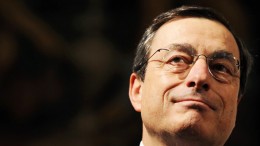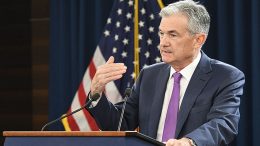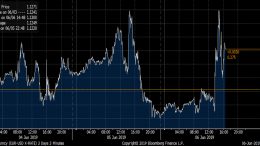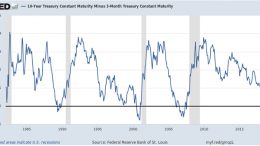Rethinking the limits of monetary policy
José Ramón Díez Guijarro (Bankia Estudios) | In recent years there has been a debate in academic circles about the limits of monetary policy, once the barrier of negative interest rates has been crossed. With the additional problem that not even in Japan, where the natural interest rate has spent practically two decades in negative territory, has the central bank dared to dive deep into the zone of below zero interest rates, even though the economy has been stuck in a deflationary stagnation which has given birth to new economic jargon (japanisation) to refer to this type of economic process. The doubt is whether the Bank of Spain got is wrong by not using monetary policy more intensively or got it right be assessing the risks of traveling in this unknown territory as greater than the possible benefits.










